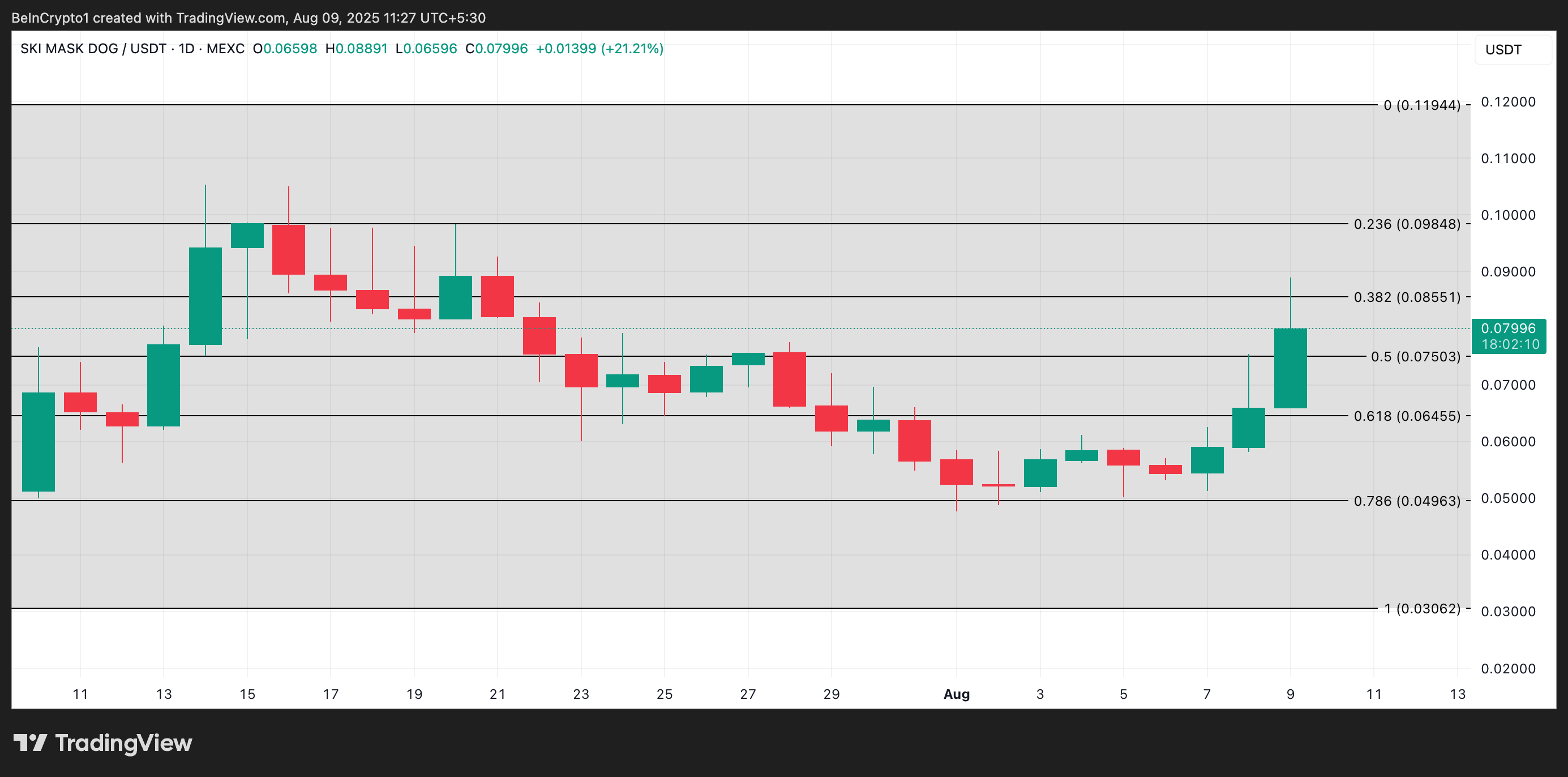After being denied by US District Judge Analisa Torres last month, Ripple and the SEC filed another motion to finally end their landmark legal battle. The two parties are again trying to relitigate Ripple’s right to sell securities.
However, legal commentators called this effort a “rare whiff” from Ripple’s legal team and do not believe it will work. If the court denies again, the company may need to accept its ban on selling securities for the time being, at least to retail investors.
Ripple and SEC Saga Continues
The SEC vs Ripple case, a landmark enforcement action of the Gensler era, has been dragging on for a while now. Despite the Commission dropping its suit in March, remaining loose ends have kept the two parties returning to court.
Today, they returned before Judge Torres, once again attempting to wrap up the last disputes.
Judge Torres rejected Ripple’s last joint filing with the SEC in May, causing the two parties to scramble to meet a June 16 deadline.
Their proposed deal cites a few “exceptional circumstances,” such as the SEC’s total shift on crypto policy, as sufficient justification to change a prior ruling.
The issue is whether the SEC should ban Ripple from selling securities under Gary Gensler. Simply put, the current Commission would like to reverse this decision. Large fees are also in the mix, but they’re a secondary concern.
Still, Fred Rispoli, a trial lawyer specializing in crypto cases, expressed skepticism with the move, considering the proposal sloppy:
“I don’t like this filing based on how obvious it was from Judge Torres’ last ruling that she was pissed. I recommended a long, detailed motion explaining the SEC’s failures in crypto regulation (with Commissioner declarations) and some apologies from Ripple for what it got tagged on. Instead, we got one paragraph on the other SEC dismissals and a paltry mention of the SEC Crypto Task Force. Oof,” Rispoli stated.
Legal experts on social media think this filing doesn’t make substantial changes in legal citations from the last attempt, and they believe Torres will reject this one, too.
However, in all likelihood, Judge Torres has the legal grounds to recognize the SEC’s renewed direction and accept this motion to dismiss the lawsuit.
So, June 16 remains the key date. If this motion doesn’t persuade the Judge, Ripple will have to wait until 2026 for another chance at dismissal.
At a certain point, even if both institutions wish to permit non-institutional securities sales, the choice may be out of their hands. Ripple may need to start seriously preparing for a future where it cannot reverse this ruling, period.
The post SEC and Ripple Files Another Request to Reverse Securities Ruling appeared first on BeInCrypto.


 NEW: The
NEW: The 






